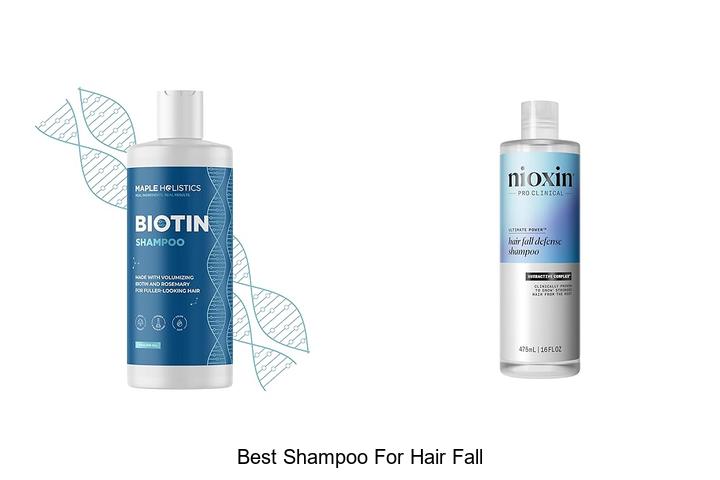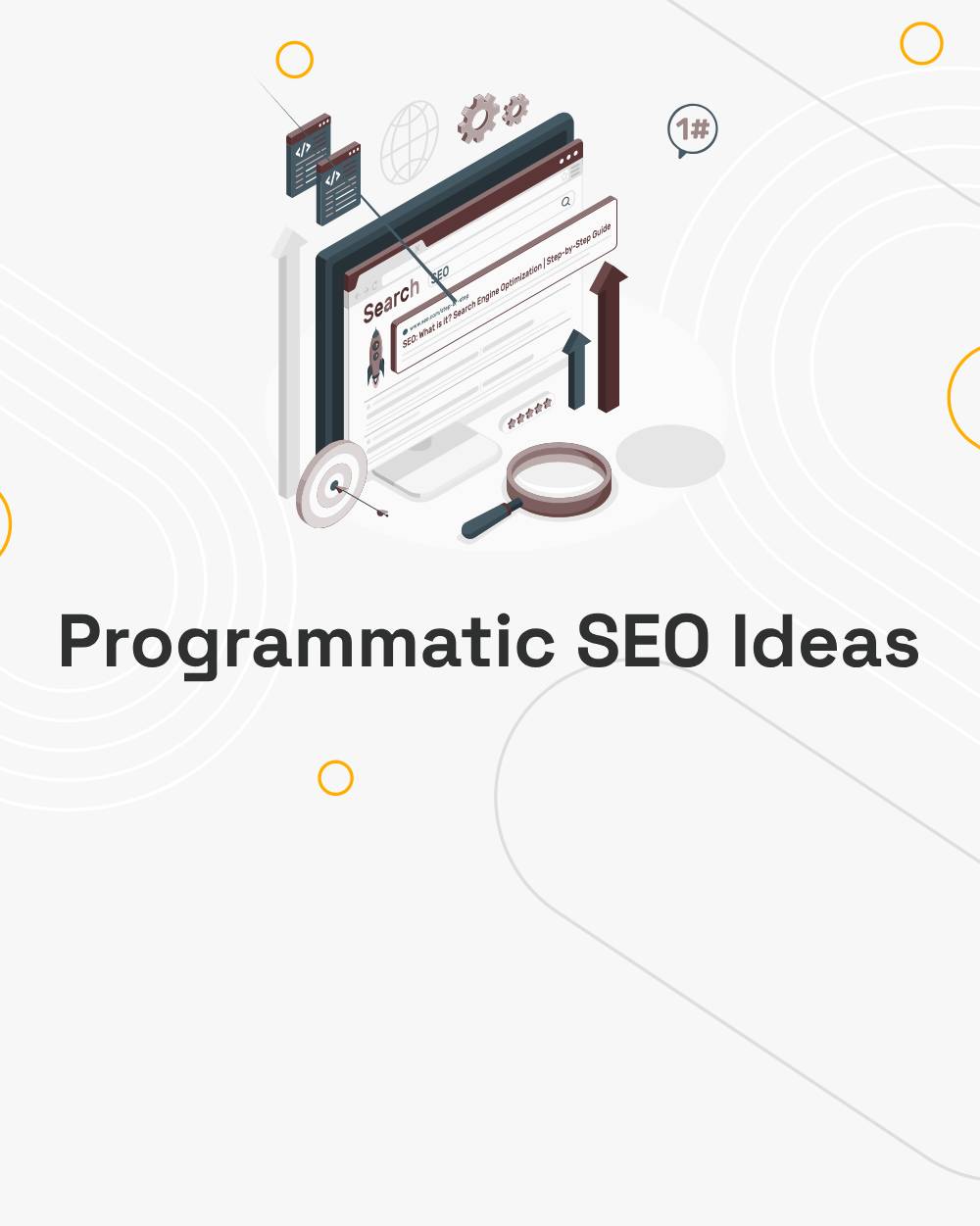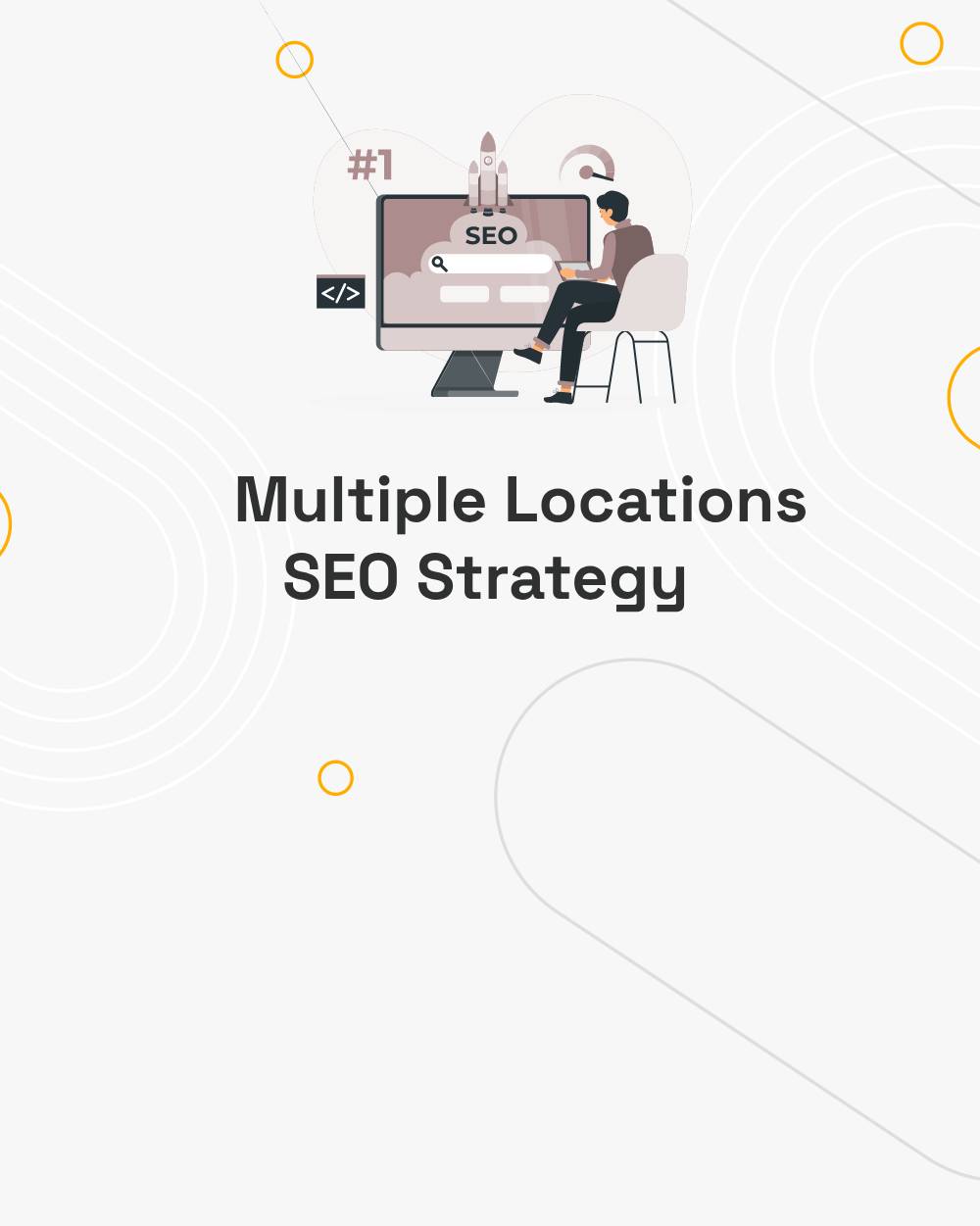The digital marketing landscape is undergoing a seismic shift, driven by advancements in artificial intelligence (AI). Users no longer solely rely on traditional search results; instead, they seek instant, accurate answers through AI-powered tools like voice assistants and chatbots. This evolution prompts marketers to ask: Are we optimizing for the future?
In this blog post, we’ll explore the differences and synergies between traditional Search Engine Optimization (SEO) and the emerging Answer Engine Optimization (AEO). As AI continues to disrupt digital marketing, adapting to these changes is crucial for staying competitive.
Understanding Traditional Search Engine Optimization (SEO)
What is SEO?
Search Engine Optimization (SEO) is the practice of enhancing a website’s visibility on search engine results pages (SERPs). By optimizing content, structure, and other elements, businesses aim to attract more organic traffic and increase their online presence.
Core Components of SEO
- Keyword Research: Identifying the terms and phrases users frequently search for and incorporating them strategically into content.
- Content Creation: Producing high-quality, relevant content that provides value to the audience and aligns with search intent.
- Link Building: Establishing credibility through backlinks from authoritative and relevant websites.
- Technical Optimization: Ensuring the website is fast, mobile-friendly, and accessible to both users and search engines.
Why SEO Matters
SEO is essential for businesses to:
- Increase website traffic.
- Improve brand visibility.
- Build trust with users through organic search.
Introducing Answer Engine Optimization (AEO)
What is AEO?
Answer Engine Optimization (AEO) is a strategy aimed at optimizing content to provide direct answers to user queries through AI-powered platforms like chatbots, voice assistants, and search engines. AEO focuses on making information easily accessible and delivering it in a format that meets the needs of today’s fast-paced users.
Why AEO Matters
- Rise of Voice Search: More users interact with devices like Amazon Alexa, Google Assistant, and Siri to find information.
- Zero-Click Searches: Users increasingly find answers directly on search results pages without visiting a website.
- AI Integration: AI-driven tools use content to provide quick responses, making AEO crucial for modern marketing.
Key Features of AEO
- Focuses on precise, structured content.
- Uses schema markup to improve the machine-readability of information.
- Prioritizes quick and accurate answers over lengthy content.
Key Differences Between SEO and AEO
Comparison Overview
While SEO and AEO share the common goal of improving visibility and user experience, they differ in their methods and focus. Here is a detailed comparison:
| Feature | SEO | AEO |
| Objective | Increase website traffic | Provide direct answers |
| Content Structure | In-depth, long-form content | Concise, clear responses |
| Focus on User Intent | Broad range of intents | Specific, immediate queries |
| Technical Aspects | Page speed, mobile optimization | Schema markup, voice search |
| Primary Platforms | Search engines like Google | AI tools like Alexa, chatbots |
| Search Results | Organic listings on SERPs | Featured snippets, answer boxes |
Detailed Analysis
- Objectives: SEO aims to draw users to a website, while AEO seeks to satisfy user needs directly in the search interface.
- Content Structure: SEO content tends to be exhaustive, while AEO content is tailored for instant consumption.
- Technical Requirements: AEO relies heavily on schema markup and structured data to help AI systems interpret content.
The Importance of AEO in Modern Marketing
Addressing Digital Trends
- Voice Search Dominance: With the proliferation of smart devices, voice search is becoming the norm.
- User Expectations: Users demand quick, relevant answers without navigating multiple pages.
- Search Visibility: Appearing in featured snippets and answer boxes boosts credibility and visibility.
- Competitive Edge: Businesses that adopt AEO are more likely to outpace competitors in an AI-driven world.
Why It Matters
AEO enhances user experience by providing value quickly. For businesses, it ensures relevance and positions them as authoritative sources of information.
Implementing AEO into Your Marketing Strategy
Steps to Implement AEO in Your Marketing Strategy
1. Understand Your Audience’s Intent
- Identify Questions: Use tools like AnswerThePublic, SEMrush, or Google’s “People Also Ask” feature to discover common questions in your industry.
- Analyze Search Intent: Determine whether the intent is informational, navigational, or transactional to tailor your content accordingly.
2. Optimize for Featured Snippets
- Write concise answers (40-60 words) for common questions.
- Use structured data markup (schema) to help search engines understand your content.
- Format content in lists, tables, or FAQs where appropriate.
3. Create High-Quality, Authoritative Content
- Depth and Breadth: Develop comprehensive resources that cover a topic extensively while maintaining clarity.
- Expertise and Trust: Highlight authorship, credentials, and sources to build trustworthiness.
4. Enhance Voice Search Readiness
- Use conversational and natural language in content.
- Optimize for long-tail keywords and question phrases like “how to,” “what is,” and “best way to.”
- Ensure content is mobile-friendly and fast-loading.
5. Implement Structured Data Markup
- Use schema types like FAQPage, Article, and HowTo to help search engines extract key information.
- Validate markup with tools like Google’s Rich Results Test.
6. Focus on Local SEO
- Claim and optimize your Google Business Profile.
- Include location-specific keywords and ensure your NAP (Name, Address, Phone) details are consistent across platforms.
- Garner positive reviews to boost local credibility.
7. Leverage Multimedia Content
- Create videos, infographics, and podcasts that answer common questions.
- Use descriptive alt text and transcripts to make multimedia content accessible and indexable.
8. Monitor and Measure Performance
- Track voice search rankings, featured snippet appearances, and engagement metrics.
- Use analytics tools to identify which content performs best in providing answers.
Best Practices
- Target question-based keywords.
- Optimize for voice search with natural, conversational language.
- Focus on local optimization for location-based queries.
- Ensure fast-loading, mobile-friendly content.
Combining AEO and SEO
Why Combining AEO and SEO Matters
- Better Visibility: Aligning with both text and voice-based search preferences ensures broader reach.
- Enhanced User Experience: Content that is both discoverable and answers queries efficiently drives user satisfaction.
- Future-Proofing: As search engines evolve to prioritize intent-based queries, an AEO-SEO strategy ensures long-term relevance.
Strategies for Combining AEO and SEO
1. Focus on User Intent
- SEO: Identify keywords with search intent (informational, navigational, transactional).
- AEO: Create content that directly answers questions using conversational language and clear formatting.
- How to combine: Use tools like Google’s People Also Ask, AnswerThePublic, and Semrush to find question-based queries related to your target keywords.
2. Optimize for Voice Search
- SEO: Use long-tail and conversational keywords.
- AEO: Write in a natural tone that mimics how people speak.
- How to combine: Structure content with headings that answer “who,” “what,” “when,” “where,” “why,” and “how” questions.
3. Utilize Structured Data
- SEO: Implement schema markup to help search engines understand your content.
- AEO: Use schemas like FAQ, HowTo, and Q&A to increase chances of appearing in rich snippets and voice search.
- How to combine: Add structured data to your pages to make them eligible for enhanced search results.
4. Create High-Quality Content
- SEO: Ensure the content is optimized for keywords, readability, and internal linking.
- AEO: Prioritize content that is clear, concise, and directly answers user questions.
- How to combine: Balance depth with brevity—answer the query upfront and provide additional context or details below.
5. Target Featured Snippets
- SEO: Format content for scannability (bullets, tables, lists).
- AEO: Answer questions directly within the first 50–60 words.
- How to combine: Structure your content to address potential snippet opportunities by identifying common queries and organizing answers concisely.
6. Optimize for Local Search
- SEO: Leverage Google My Business, local keywords, and location-based optimization.
- AEO: Include answers to local-specific questions, such as hours of operation, directions, or popular services.
- How to combine: Use location-based schemas and ensure your content addresses hyper-local user queries.
7. Improve Website Performance
- SEO: Focus on mobile-friendliness, page load speed, and overall user experience.
- AEO: Ensure fast delivery of content, especially for voice search and quick answers.
- How to combine: Implement Core Web Vitals optimizations to meet both SEO ranking and user satisfaction goals.
8. Monitor and Adjust Based on Analytics
- SEO: Use tools like Google Analytics, Search Console, and Ahrefs to track performance.
- AEO: Analyze user behavior and adjust content to match evolving search queries.
- How to combine: Identify gaps where users may not be finding clear answers and update content accordingly.
Measuring Success: KPIs for AEO and SEO
Key Metrics to Track
- Voice Search Traffic: Measure the number of users accessing content through voice search.
- Featured Snippet Positions: Track appearances in answer boxes.
- Organic Search Traffic: Monitor traditional search visibility.
- CTR and Engagement Metrics: Analyze clicks, time on page, and bounce rates.
- Conversion Rates: Assess how effectively content drives user actions.
Tools for Measurement
- Google Analytics: Provides insights into traffic and engagement.
- Google Search Console: Tracks search performance, including snippets.
- Voice Search Analytics: Tools like BrightEdge offer voice-specific metrics.
Challenges of AEO
Common Hurdles
- Limited Control: Formatting for featured snippets is dictated by search engines.
- User Intent Variability: Understanding and addressing diverse queries can be complex.
- Competition: Many brands vie for the same featured snippet spots.
- Technical Expertise: Structured data implementation requires specialized knowledge.
- Measuring Impact: Gauging AEO success isn’t as straightforward as traditional SEO metrics.
The Future of Search: AEO and AI
As AI tools like RankBrain, BERT, and MUM advance, search optimization will increasingly prioritize direct answers and user experience. Businesses need to:
- Adapt content strategies to align with AI systems.
- Focus on zero-click searches and voice interactions.
- Continuously refine their approach to meet evolving user behaviors.
Conclusion
SEO and AEO are complementary strategies vital for digital marketing success. By integrating both, businesses can meet diverse user needs and adapt to the evolving search landscape.
Call to Action: Begin implementing AEO alongside SEO to future-proof your strategy. Seek expert guidance if needed to maximize results.




